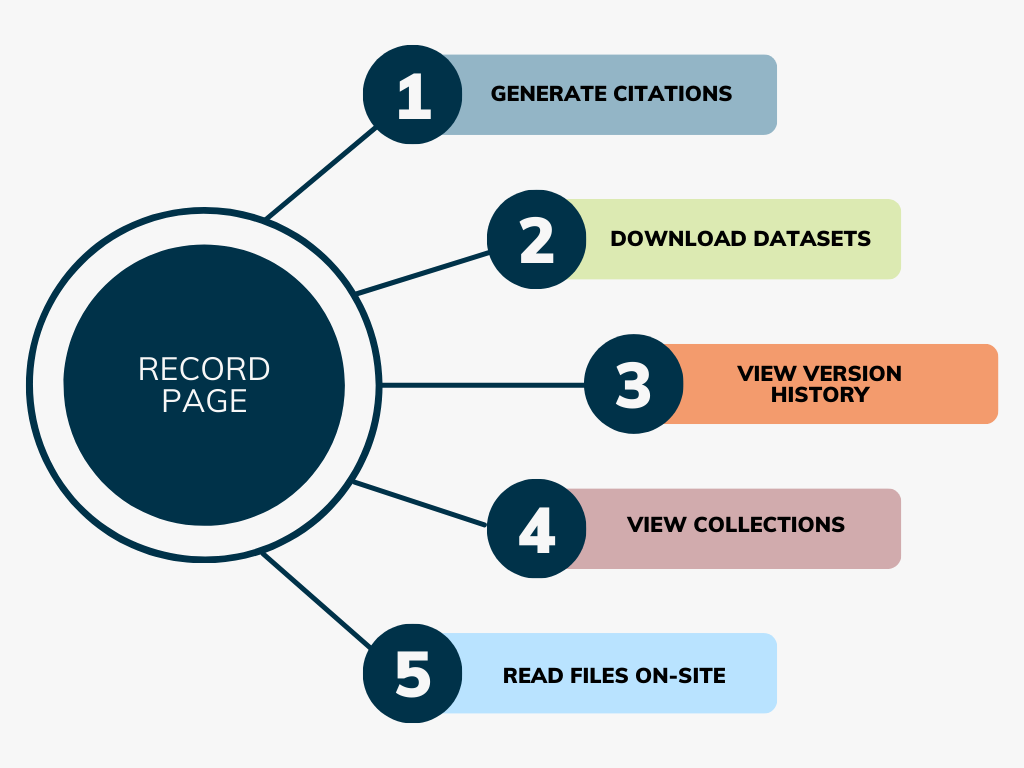What does it look like to explore research in the STEMEd+ repository?
Repositories are crucial for academic research, allowing the products of that research to be archived, documented, and shared among the academic community. The STEMEd+ repository, Commons Works, is built on the InvenioRDM platform. InvenioRDM, developed at CERN, is designed to connect research across disciplines, easily document changes and version histories, and include highly specific metadata for increased discoverability.
Commons Works is cross-disciplinary, Academy-owned, and completely free to use and to explore. For more on the role of repositories in academic research, read Ian Scott’s What is a Repository For? on the Commons blog. Commons Works is currently in the final stages of development, and will offer a range of features beyond what you might find in other academic repositories.

Search:
Commons Works offers faceted search across all key words, subjects, and file types. Users can also search for and within different kinds of Collections, user-curated groups of deposits that might comprise an issue of an e-journal, the core sources for a course, or a recommended reading list on a particular interdisciplinary question or topic. Users can navigate to the Collection page, view any open deposits a particular user has uploaded to the repository, or message users through the platform itself.
Discover:
Commons Works offers 72 different deposit types – from a journal article, podcast episode, or syllabus to visualization models, software, and datasets. The record page for each of these file types is adaptive to the specific metadata needs of that file, capturing all the necessary information about its creation and subject matter. The full contents of a deposit and can be viewed and read on the record page as well as downloaded from it. Each record page can also contain multiple files for download—if access on that record is open, a user can download all files in a zip file, or download only a pdf of an article, a markdown file, or a specific appendix or visualization. If the record is restricted, the page generates citations and allows the download of metadata in a number of file formats such as .csv, .xml, and more.